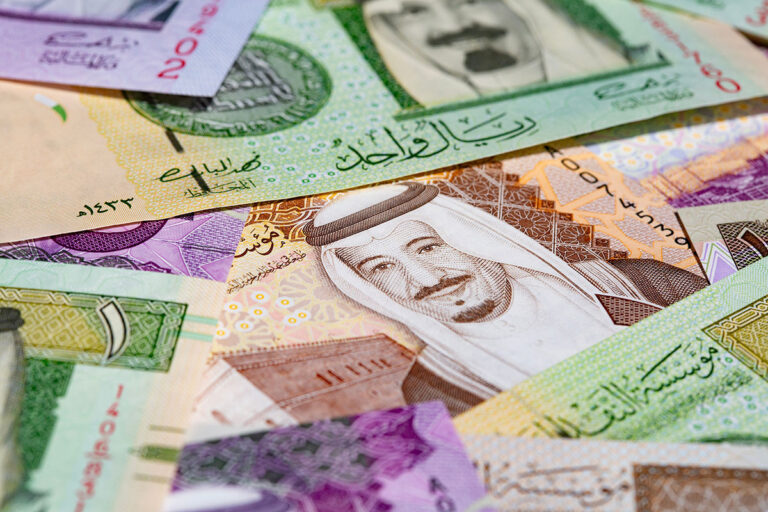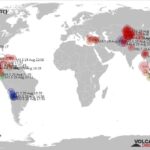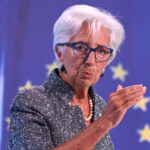Introduction
S&P Global Ratings has confirmed that Gulf banks maintain strong credit fundamentals. This shows the robust performance of the Middle East financial sector in 2026. According to the latest report, the GCC banking stability 2026 remains solid. It is supported by well-capitalized institutions. They have resilient asset quality across the region. The S&P Global Ratings GCC believed that the banking sector in Saudi Arabia, the UAE, Kuwait, Qatar, Oman, and Bahrain can manage potential risks.
Strong Asset Quality and Bank Capitalization in GCC
The report highlights that Gulf bank asset quality continues to be high. The asset will have low levels of non-performing loans and strong liquidity buffers. The financial institutions are well-prepared to handle market disturbances through bank capitalization GCC. Analysts note that the risk management strategies will improve GCC banking stability 2026. This will make the sector attractive for investors wanting growth in the Middle East financial sector.
Implications for Investors and Regional Markets
It is confirmed that the Gulf banks maintain strong credit fundamentals to boost investor confidence across the GCC. The stability will improve through S&P’s positive outlook. The banks will continue to focus on growth. They will comply with international banking standards. Experts say that this stability will increase capital inflows into the Middle East financial sector. The stability will maintain the GCC’s position as a resilient hub for banking and finance.
Conclusion
The latest S&P assessment confirms the GCC banking stability 2026. The stability is due to robust capitalization, strong asset quality, and disciplined management. The Gulf banks maintain the strong credit fundamentals. The Middle East financial sector is set to navigate global uncertainties successfully. It will offer a stable environment for investors and stakeholders in the region.










